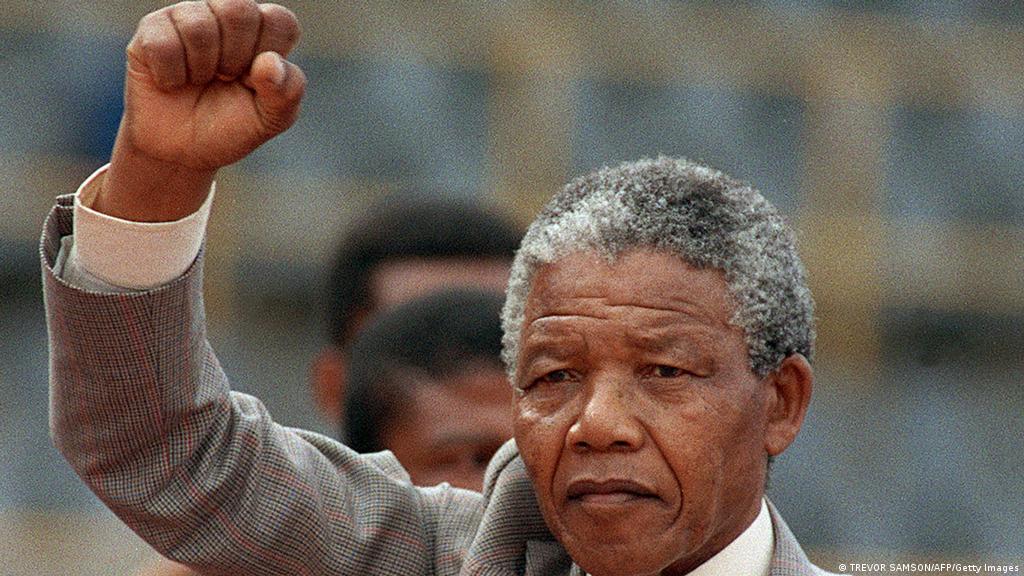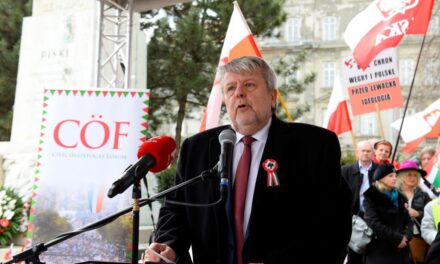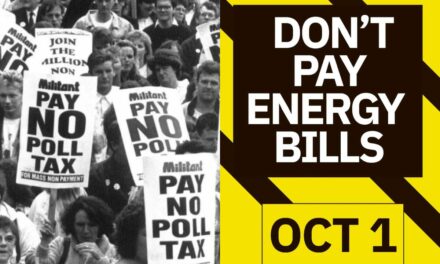The left speaks with admiration of the former South African president, setting him up as a role model, but the reality is much more nuanced than that. This is Mandela's real face!
The Hungarian left talks about this last racist communist in the same pathos message as it did about Márki-Zay in the first weeks of the campaign. Mandela's memory reaches savior heights, although he hardly deserves it. But let's go through why we should "celebrate" him according to the left.
Nelson Mandela is not at all the embodiment of "reconciliation, love, coexistence", despite what the scribblers of agent portals delegated to our country claim about him.
Let's go in order, since the path of his political development is quite straight, but in order to understand his individual history, we must definitely know the history of his country, or at least a part of it.
When the first settlers arrived on the shores of South Africa, they found a dangerous, wild and uninhabited land. Not a single native even lived in the area, the nearest being somewhere in what is now Zimbabwe and Mozambique there was a larger local force, the Zulu. They later set off towards the Boer settlers, who, thanks to their technical superiority, successfully repelled the conquering tribes.
The fate of the piece of land was also full of vicissitudes later on, as the first concentration camps were established here. Racially? Of course! The English took the Boers. (Why do they kneel in a Dutch-English match?)
Well, let's go on. The majority of the newly arrived white population of the country therefore inhabited the hitherto undisturbed territory, and sometimes they wrestled with the Zulu in the northeast. But the latter have slowly settled within the country's borders as well.
Then came apartheid in the 20th century, which of course is not a solution to anything, and what's more, the way the Boers did it was even ridiculous: they looked to see if the pencil remained in the hair, because if it did, then the person was a Negro (if this it would not have been seen on any other striking feature). The black minority therefore lived deprived of their rights, which they were fed up with for understandable reasons.
When there is discontent, there are always a few communists if they are unable to take over power in peacetime.
This is where the agitator Mandela comes into the picture. In 1955, he already participated in the ANC's People's Congress against segregation, where the best of the "democratic" organizations were there! Since the South African government considered that they wanted a communist revolution, it arrested their leaders.
No one should look for a real reference about this on Wikipedia, because there they only write charitably that Mandela traveled in the 60s, collected money, preached love, and at the end of that, the ugly evil white government arrested him on "shamed" grounds, on charges of terrorism.
Then his second wife, Winnie, took over the leadership of the ANC, becoming a charismatic figure in the organization and continuing the struggles.
And we have come to the infamous "necklace" custom, of which this woman was a vocal advocate and encourager.
While he led the anti-apartheid movement, during its most brutal period, 1984 to 1987, 672 people were burned in the name of fighting racial segregation, and half of the victims were sent to their deaths with so-called necklaces. It was a tire filled with gasoline, which was put on the victim's neck and lit. Who got this? Blacks, whites, who were just told that he was an "evil oppressor". Familiar?
Even after Mandela's release, the situation did not really calm down, atrocities against whites are still commonplace in the countryside. They throw small children alive into the blazing hot water, pounce on farming families in the middle of the night, brutally slaughter them, saying they will take "reparation" from them.
Therefore, the legacy of this great "statesman" - despite the Lenin Prize and the Nobel Peace Prize - is nothing more than the decision of a country to poverty, the brutal death of tens of thousands.
Isn't this 10 million forint, mountainside memorial park worth it?
Photo: Trevor Samson/AFP/GettyImages












